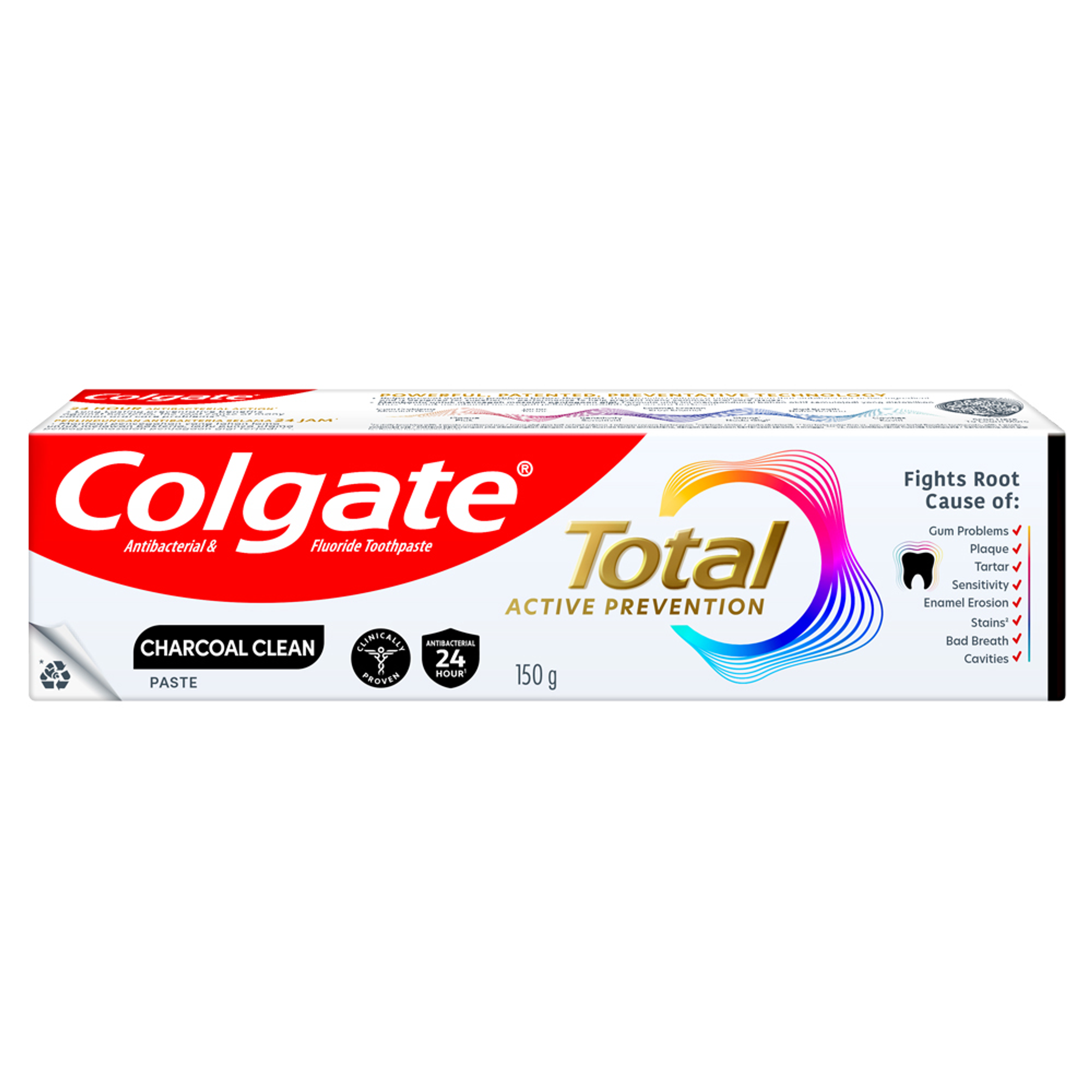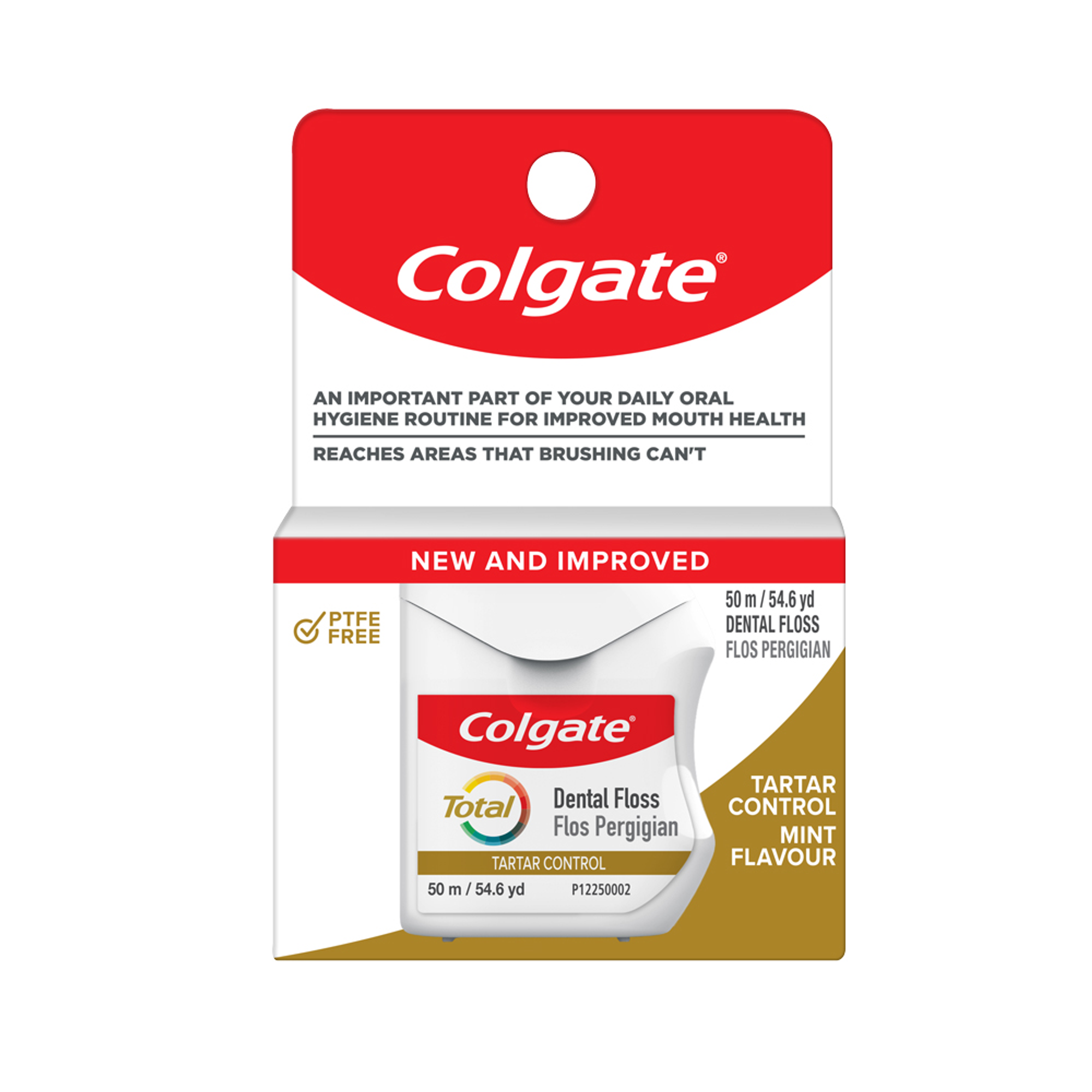- Oral Health and Dental Care | Colgate®
- Oral Health
- Periodontal Disease and Diabetes


Diabetes is a disease in which the body does not produce or properly use insulin. Insulin is a hormone that is needed to convert sugar, starches and other food into energy needed for daily life. Of the 20.8 million children and adults in the United States who have diabetes, nearly one-third are unaware that they have the disease.1 Recent research has suggested that periodontitis is often associated with diabetes and might be considered one of the chronic complications of the disease. A recent study consisting of over 200 subjects examined the relationship between diabetes and periodontitis. The results of the study indicate that subjects with diabetes had a greater level of periodontitis than subjects who did not have the disease.2
Important factors to consider in assessing the periodontal status of and formulating treatment plans for patients with diabetes include their degree of metabolic control, the duration of their disease, the presence of other long-term complications of diabetes, the presence of concurrent risk factors and their general level of well-being.
Emphasis should be placed on the reduction of the bacteria and elimination of the biofilm, both above and below the gumline. This can be accomplished with traditional scaling and root planing in addition to excellent home care. Treatment should focus on the prevention of periodontal disease and oral inflammation, which is essential in controlling the oral complications associated with diabetes. And, because we know that bacterial challenge is a risk factor for gingivitis among even healthy, well-controlled diabetic patients, patients should be encouraged to floss regularly and brush twice daily with a toothpaste that offers anti-bacterial protection.
© Copyright 2009 Colgate-Palmolive Company
References
1. American Diabetes Association.
2. J Periodontol Mar; 76(3):418-25.
Related Articles


You're relaxing after a day at work or spending time with your family when you feel a sharp pain in your mouth. If you have a history of dental problems – such as infection in gums, teeth or even cavities – the pain could be related to a dental abscess.There are two types of dental abscess: A periapical, or tooth abscess, affects the root of the tooth. The other type, a periodontal (gum) abscess, affects the gums. The latter usually occurs in severe cases of periodontal disease, when the gums have pulled away from the teeth, causing pockets to form. Both types of abscess consist of small pockets that fill with bacterial pus. With the right treatment, you can recover from either type and regain control of your oral health.

Flossing is important for good oral health. If you have difficulty using string floss, talk to your dentist about alternatives, like a water flosser.
Related Products

Helping dental professionals
More professionals across the world trust Colgate. Find resources, products, and information to give your patients a healthier future










